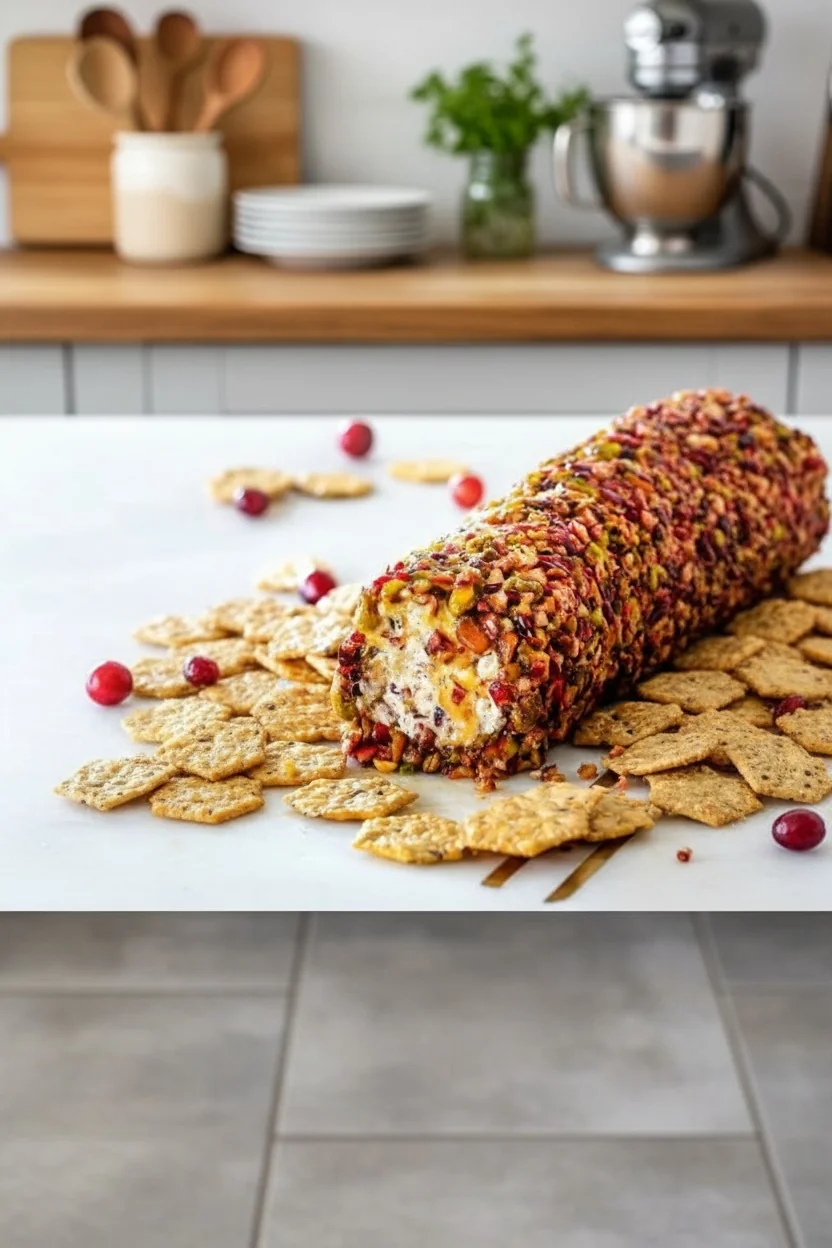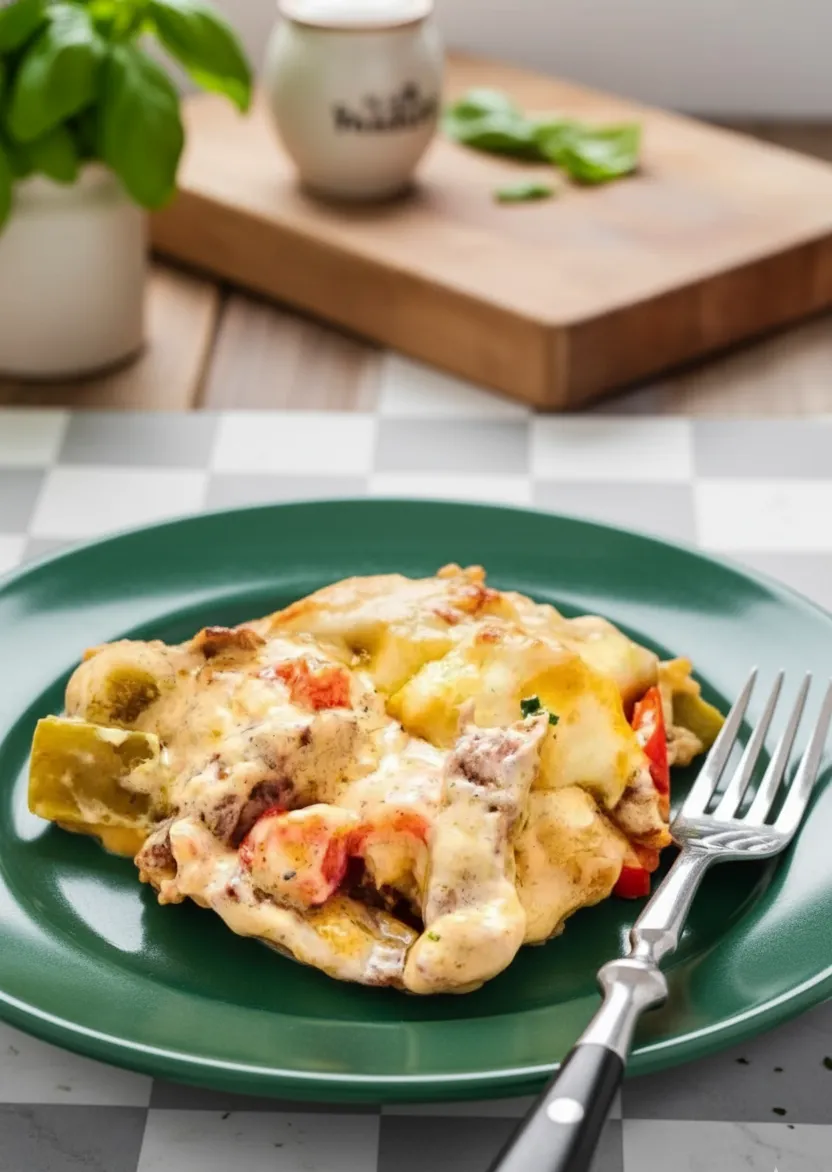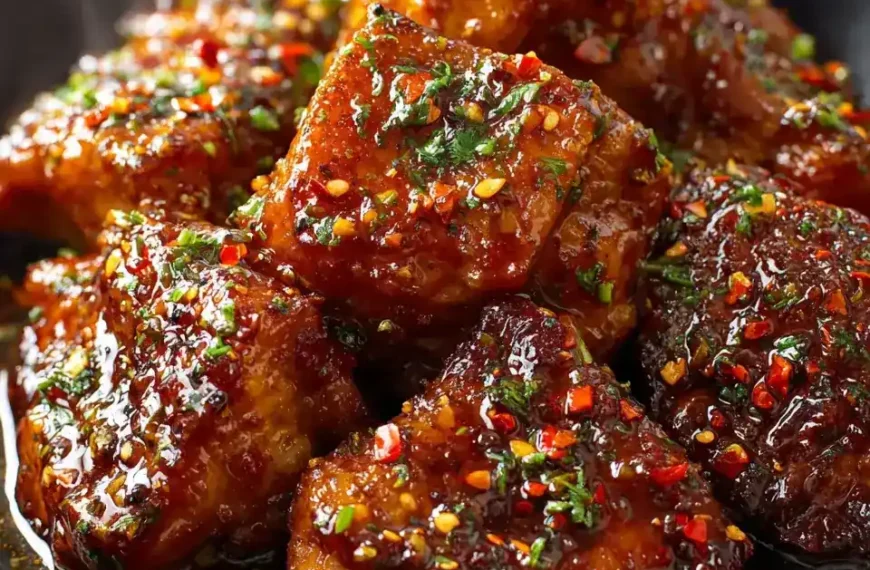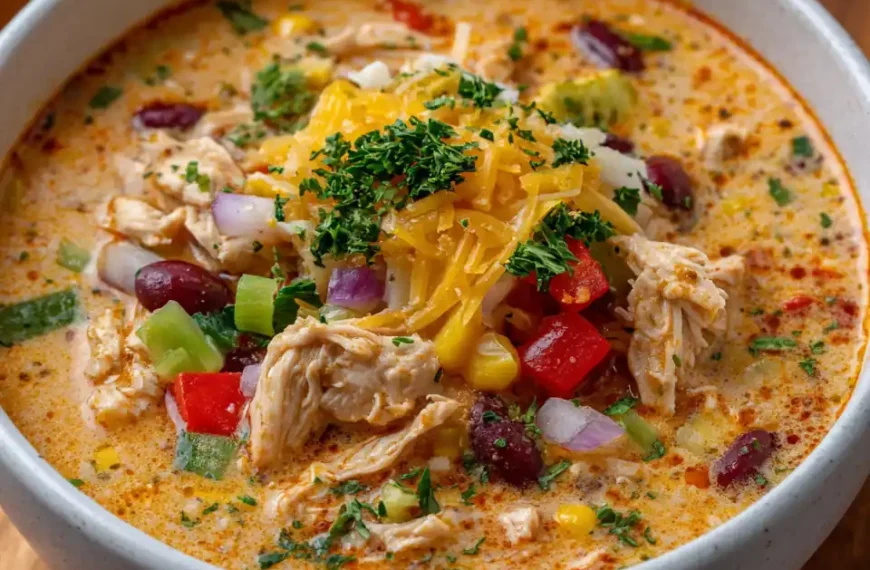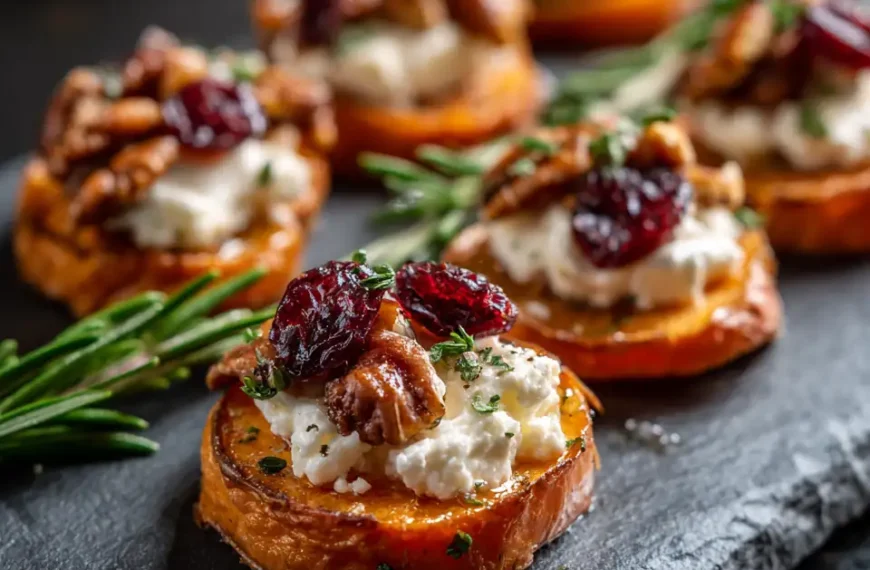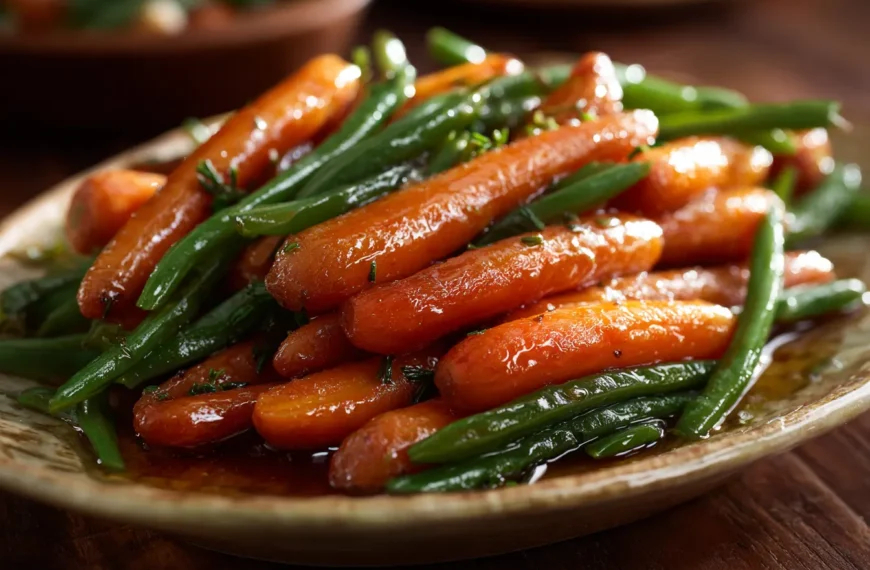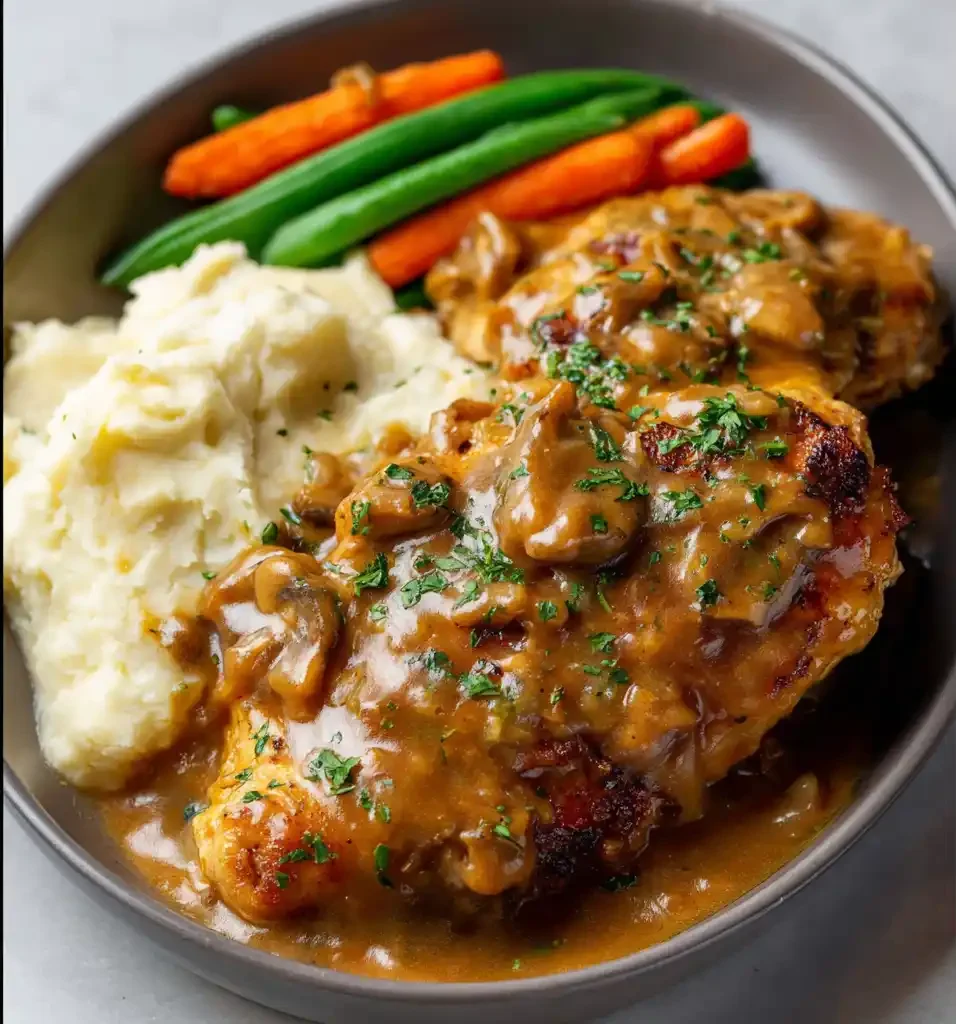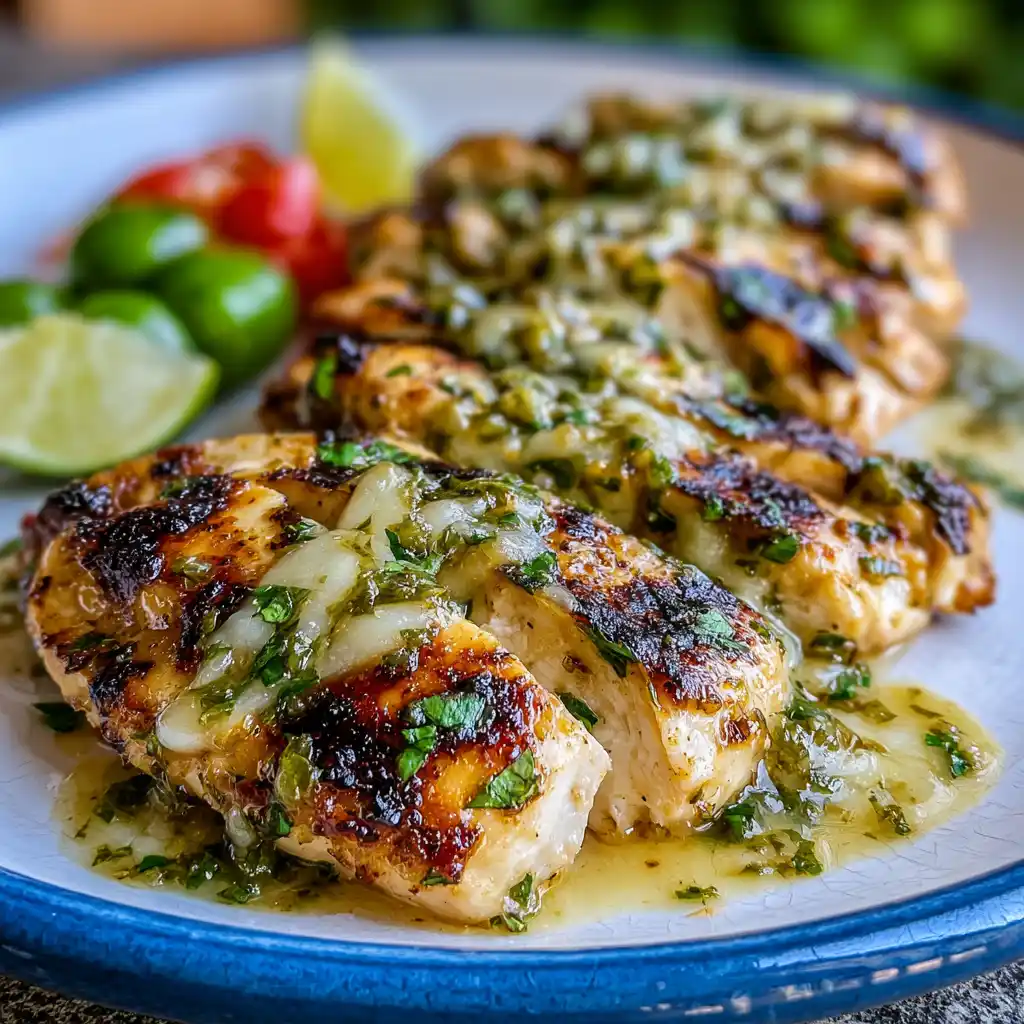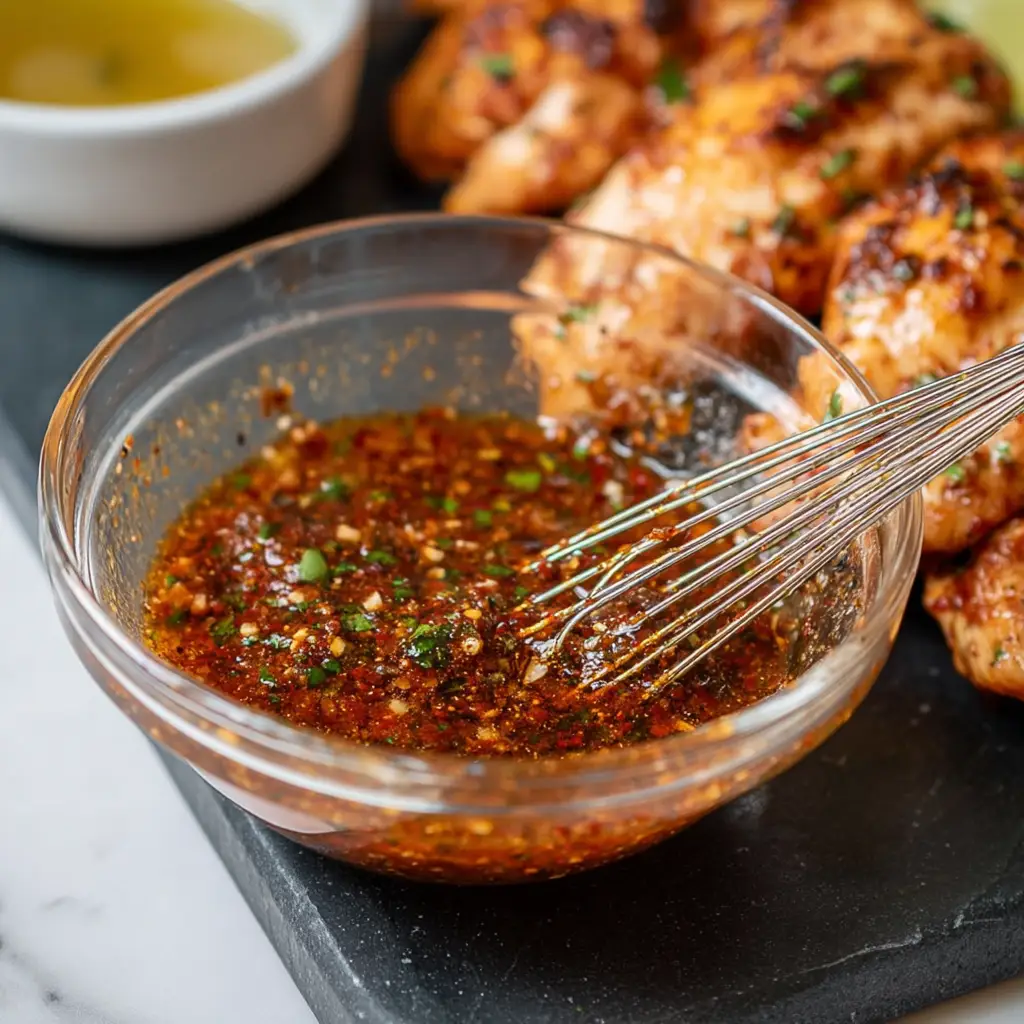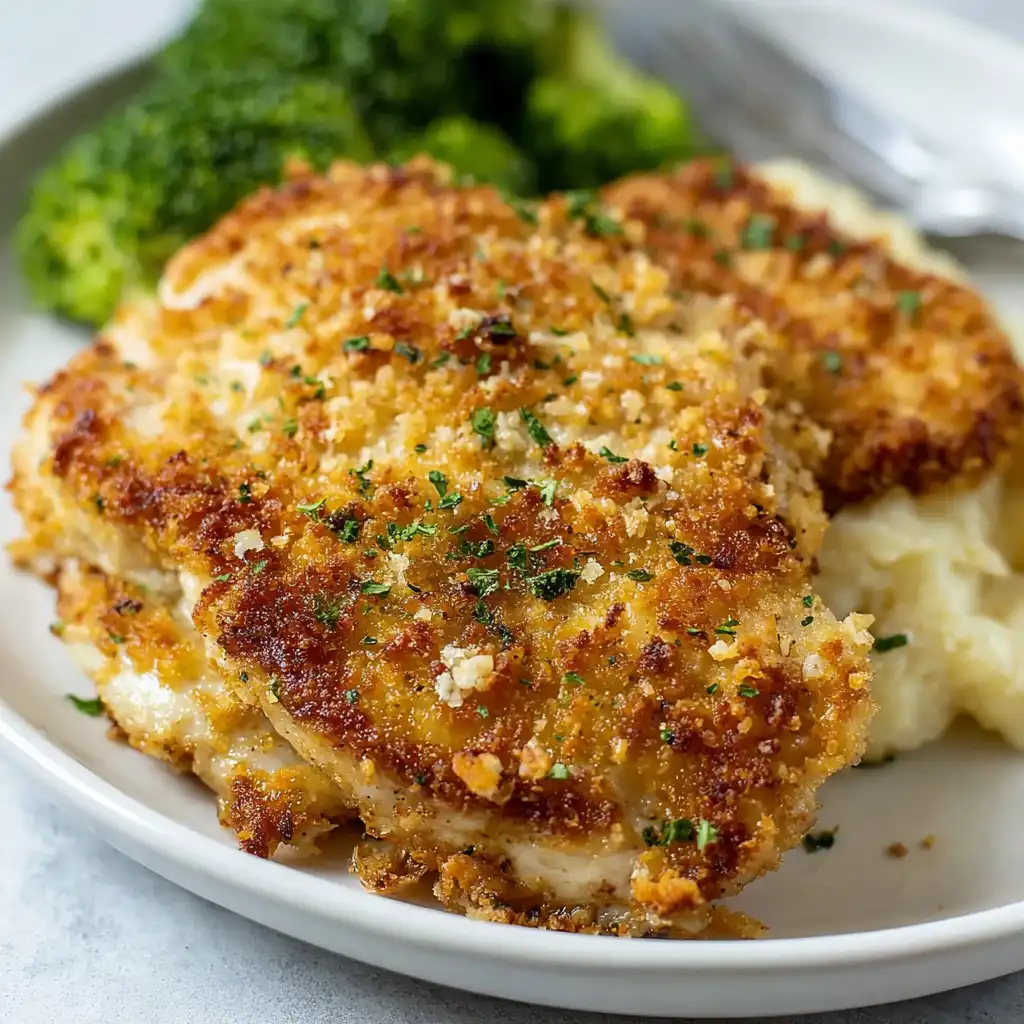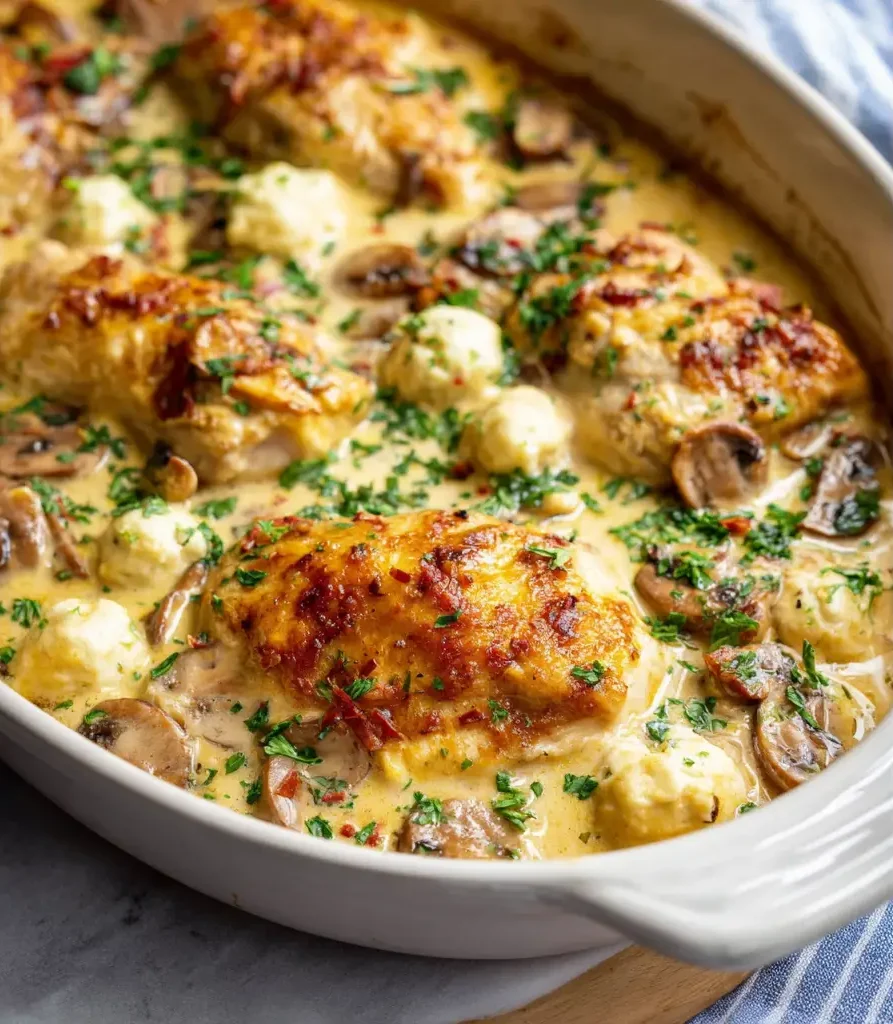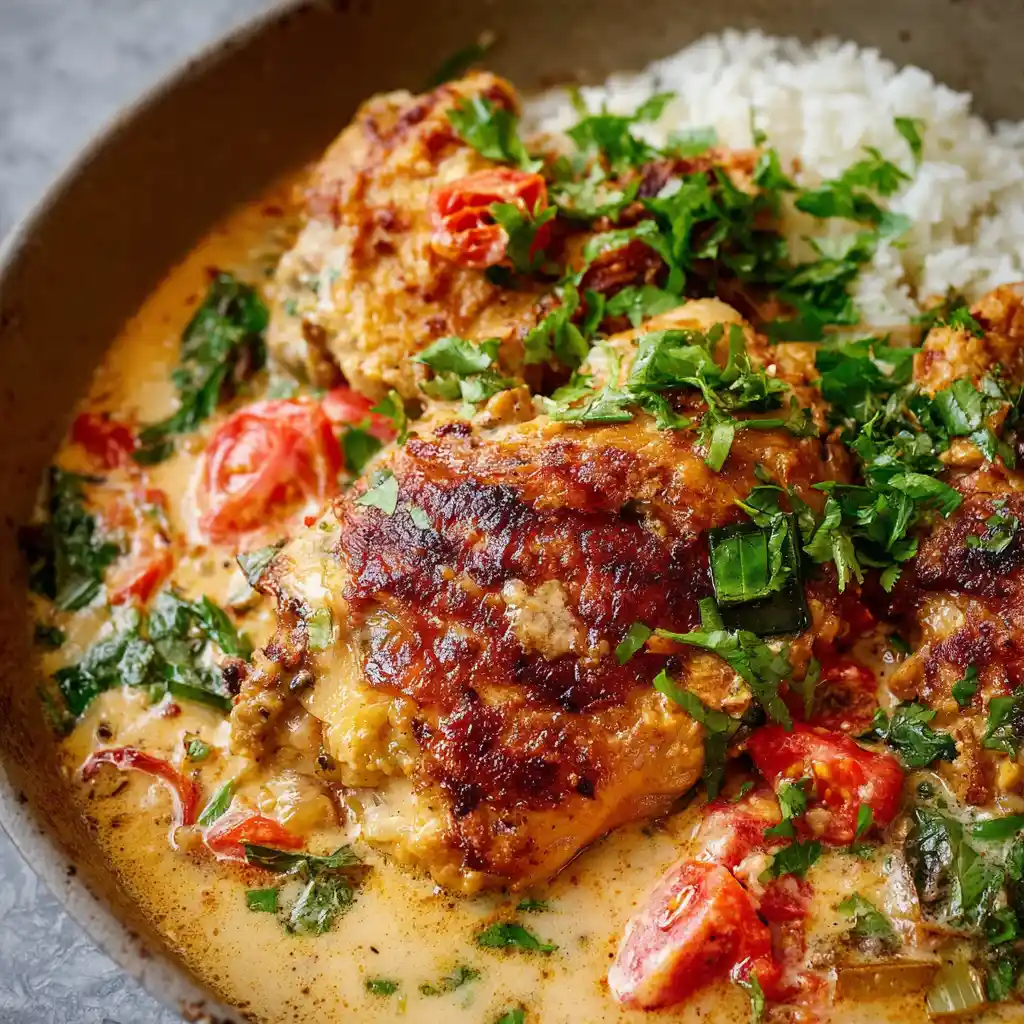Intro
This article covers the background, flavor notes, preparation, and serving tips for a family-friendly one-pan garlic parmesan chicken and pasta. You’ll get a walk-through of how to build flavor in layers, how to keep the chicken tender, and why this meal is perfect for weeknights. If you’ve ever struggled with clumpy parmesan or overcooked pasta, we’ll walk you through how to avoid those too.
The Comfort Behind Garlic Parmesan Chicken and Pasta
A creamy one-pan recipe born from chaos
I didn’t plan on this recipe becoming a staple. One hectic Thursday, the fridge held half an onion, garlic, and a pack of chicken breasts. It wasn’t much. But the pantry had pasta and broth, and I had a craving for something rich and grounding. After a few stirs and tweaks, garlic parmesan chicken and pasta came to life.
What surprised me was how this single pan held all the answers. Golden chicken. Tender pasta. A sauce so silky and garlicky, it clings to every bite. And because everything cooks in one pan, clean-up is blessedly simple. This meal tastes like effort, but it’s designed for busy lives.
I’ve shared this dish at local workshops and seen skeptical home cooks light up when they realize they don’t need multiple pots or hours of simmering. Just a little attention to timing, and dinner practically makes itself.
This recipe delivers in flavor and comfort. The chicken brings protein and heartiness. Garlic provides warmth and punch. And the parmesan? It’s the crown. When melted into broth and cream, it becomes more than cheese. It becomes a sauce worth wiping the plate for.
If you’re craving that kind of coziness, you’re in the right place. And yes, your kitchen will smell amazing.
Why garlic parmesan works so well in a one-pan pasta
Garlic and parmesan are bold flavors on their own. Together, they form the foundation of countless comforting meals. What makes this one special is the balance. The garlic is sautéed just until it blooms. The parmesan, finely grated, melts into the hot cream and broth to create a silky sauce without clumps.
Because the pasta cooks in the same pan, it absorbs all the savory broth and garlic richness. There’s no drained water going down the sink. Every bit of flavor stays where it should on your fork.
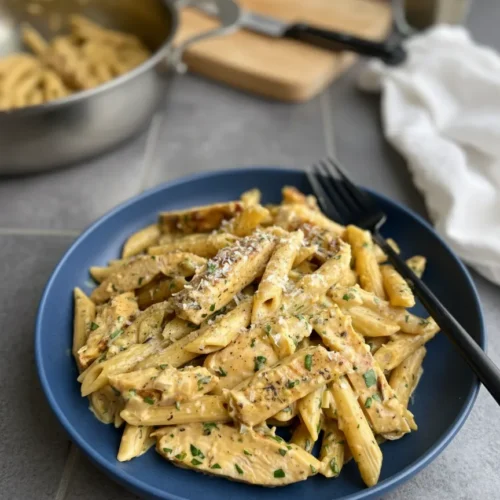
Garlic Parmesan Chicken and Pasta
Equipment
- Cutting board
- knife
- Small bowl
- large pan with lid
- tongs
- Spatula
Ingredients
- For the Chicken:
- 1 tbsp avocado oil or olive oil
- 1 lb boneless skinless chicken breast butterflied or beaten down to about ½” thickness
- 1 tbsp italian seasoning
- ½ tsp paprika
- salt & pepper to taste
- For the Pasta:
- 1 tbsp avocado oil or olive oil
- 1 tbsp unsalted butter
- ½ jumbo yellow onion diced 1 cup
- 4-6 large cloves garlic minced
- 8 oz dry penne pasta normal, gluten free or protein pasta
- 2 cups chicken broth
- 1 cup finely grated parmesan cheese *
- ½ cup heavy cream
- 2 tbsp chopped parsley
Instructions
- In a small bowl, mix together the italian seasoning, paprika, salt & pepper. Pat the chicken dry and then rub both sides with the seasoning mixture.
- 1 tbsp italian seasoning,½ tsp paprika,salt & pepper,1 lb boneless, skinless chicken breast
- Bring a large pan to medium heat. Once hot, add avocado oil. Then, add seasoned chicken and cook for 3-5 minutes per side, until the internal temperature reaches 165F. Remove chicken from the pan and set it aside to rest.
- 1 tbsp avocado oil
- Reduce heat to medium-low and add more avocado oil and butter. Then, add onion and season it with salt. Cook, stirring occasionally, for about 3 minutes, or until beginning to get tender and translucent. Add garlic, stir, and cook for 1 minute longer.
- 1 tbsp avocado oil,1 tbsp unsalted butter,½ jumbo yellow onion,4-6 large cloves garlic
- Deglaze the pan with chicken broth, scraping up all the browned bits stuck to the bottom. Allow the broth to come to a light boil. Then, add the dry pasta and stir to make sure that the pasta is submerged in the broth.
- 2 cups chicken broth,8 oz dry penne pasta
- Cover the pan and cook for 10 minutes or until the pasta is al-dente.
- Turn off the heat and add in the parmesan, heavy cream and parsley. Stir until the parmesan is melted and the sauce is warm and thickened slightly. Taste and adjust salt and pepper as needed.
- 1 cup finely grated parmesan cheese,½ cup heavy cream,2 tbsp chopped parsley
- Slice the cooked chicken into strips and add it into the pan along with the pasta. Toss to combine. Then, serve & enjoy!
Building Flavor in Layers for One-Pan Garlic Parmesan Pasta
The secret is in the sequence
One-pan recipes live or die by timing. If you rush the layers or add ingredients too soon, the flavor falls flat. In this dish, you build flavor step by step. It starts with seasoning the chicken properly. Italian herbs, paprika, salt, and pepper—rubbed in and pressed into the meat. That first sear creates a golden crust and leaves behind the browned bits that form the base of the sauce.
Once the chicken is removed, the pan isn’t wiped out. That would erase all the flavor you just built. Instead, the onions and garlic go straight in. They hit that hot surface, soak up the fond, and soften gently in a mix of butter and oil. This short phase adds sweetness and depth before the liquids come in.
Adding broth to deglaze the pan is where the magic happens. It lifts all the hidden bits stuck to the bottom, stirring them back into the sauce. This technique gives the pasta a broth that’s already rich and seasoned, not bland. Let the pasta simmer in it, soaking up every note.
You’ll add cream and cheese last. This protects them from splitting or clumping. The result is a glossy, smooth sauce with a luxurious texture and zero fuss.
Cooking pasta directly in broth: why it matters
Boiling pasta in a separate pot is fine, but it misses a flavor opportunity. Cooking penne right in chicken broth infuses every bite. And because the broth reduces as it simmers, it naturally thickens the sauce without needing a separate roux or flour.
This method also saves dishes, which is always welcome. But the real reason to do it? Taste. The pasta acts like a sponge, absorbing garlic, onion, and chicken flavors. And because everything finishes in one pan, you never lose control of the consistency.
Getting the Texture Right: Chicken, Pasta, and Sauce
How to keep chicken tender and juicy
The key to juicy chicken in this dish is uniform thickness. If your chicken breast is thick in the center and thin at the edges, it won’t cook evenly. That’s why butterflying or lightly pounding the chicken is so important. Aim for about half an inch thick throughout. This lets it sear quickly without drying out.
Start with a hot pan and let the oil shimmer before the chicken hits the surface. You want that immediate sizzle. Let it cook without flipping too soon. When it’s ready to turn, it’ll release easily from the pan. If it sticks, give it another minute. That crust adds both flavor and texture.
Once the internal temperature hits 165°F, pull the chicken and let it rest. Resting is often skipped, but it’s essential. It gives the juices time to redistribute. Slice it only after it’s rested for a few minutes so you don’t lose the moisture you worked to keep.
Later, you’ll return the sliced chicken to the pasta. This way, it warms gently and soaks up some of the sauce without becoming dry or stringy.
No clumpy cheese: how to melt parmesan properly
Parmesan makes this sauce, but it can also break it if added too early. To avoid clumps, always turn off the heat before stirring in cheese. Use freshly grated parmesan with the finest holes on your grater. This makes it easier to melt and blend.
Pre-shredded parmesan often has anti-caking agents that prevent smooth melting. That’s why store-bought bags tend to clump in sauces. If you’ve ever seen gritty cheese floating in cream, that’s the culprit.
Add the cheese a bit at a time while stirring. As it meets the warm broth and cream, it melts into the pasta, giving you a velvety sauce that clings to every bite without separation.
Serving, Storing, and Making It Your Own
How to serve garlic parmesan chicken pasta like a pro
This dish doesn’t need much to feel complete. It’s rich, savory, and satisfying on its own. But if you want to round out the plate, a simple green side does the trick. Steamed broccoli or a crisp romaine salad balances the creamy sauce with freshness. A squeeze of lemon over the veggies helps cut through the richness.
For a cozy dinner, serve it directly from the pan. It’s rustic, simple, and keeps everything warm. Use tongs to nest the pasta and chicken together on the plate, then spoon extra sauce over the top. A final sprinkle of parsley adds color and a fresh bite.
If you’re entertaining, you can even portion it into shallow bowls. The sauce pools just enough to cradle the pasta, and the golden chicken strips on top look as good as they taste.
Warm crusty bread is optional, but welcome. It’s perfect for swiping up every bit of the garlicky parmesan sauce left behind.
What to do with leftovers
This meal stores beautifully. In fact, some might say it’s even better the next day. Let it cool fully before sealing it in an airtight container. It keeps well in the fridge for 3 to 4 days.
To reheat, add a splash of chicken broth or milk to loosen the sauce before warming it gently on the stove or in the microwave. Stir occasionally to bring the creamy texture back to life.
The pasta will absorb more of the sauce overnight, but that just means more flavor in every bite. And if you’re in a hurry, it’s also surprisingly good cold. The garlic and parmesan still shine even straight from the fridge.
Make it once and you’ll see—it’s more than dinner. It’s a keeper.
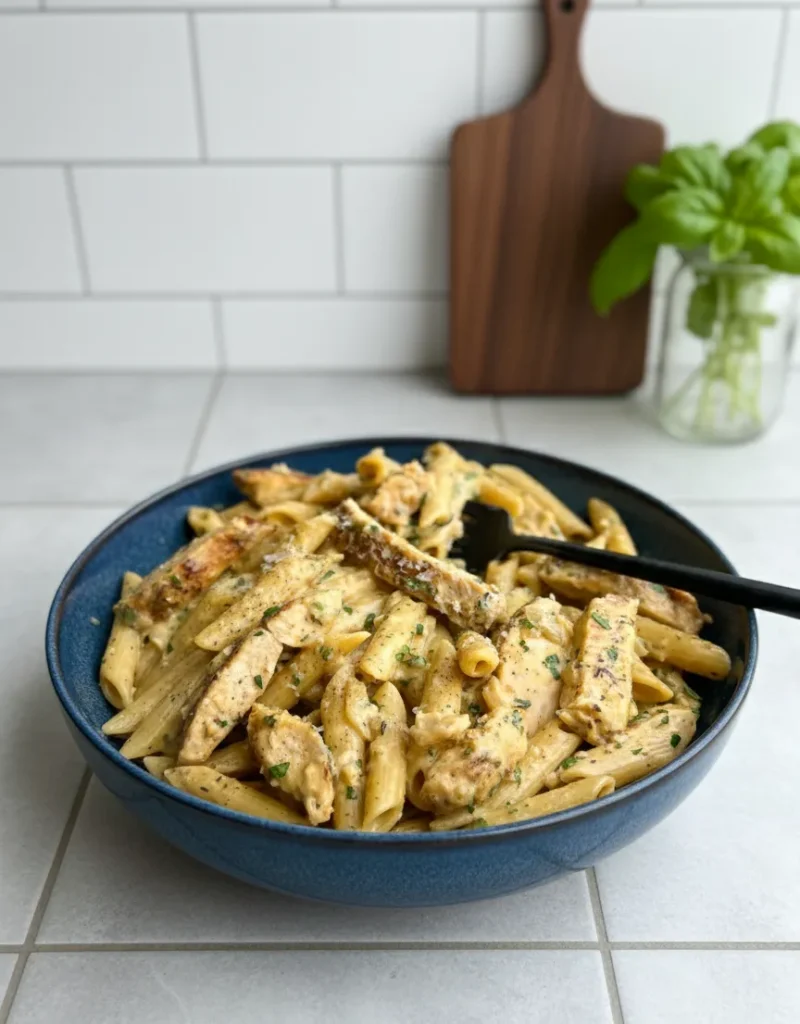
Frequently Asked Questions
What kind of pasta works best for one-pan garlic parmesan chicken?
Penne is ideal because its tube shape holds sauce well and cooks evenly in broth. However, other short pastas like rotini or rigatoni also work. If using gluten-free or high-protein pasta, check the package directions and adjust cook time as needed.
Can I substitute milk for the heavy cream in this recipe?
It’s not recommended. Milk doesn’t provide the same richness or thickness and may cause the sauce to separate. If you need a lighter option, consider using half-and-half, but know the texture won’t be as silky.
How do I keep parmesan from clumping in the sauce?
Use freshly grated parmesan, not pre-shredded. Turn off the heat before adding it, and stir continuously. Adding it slowly helps the cheese melt smoothly into the sauce instead of sticking together.
What should I serve with garlic parmesan chicken pasta?
This dish pairs well with roasted broccoli, green beans, or a fresh salad. A slice of crusty bread is great for soaking up the garlic parmesan sauce. You can also wilt spinach directly into the pasta for extra greens.
Conclusion
One-pan garlic parmesan chicken and pasta brings together everything you want in a home-cooked meal—comfort, flavor, and ease. It starts with golden, seasoned chicken and ends with a creamy sauce that wraps around every bite of pasta. There’s no need for multiple pots or complex techniques. Just a little patience, a good pan, and the right order of steps.
Whether it’s a busy weeknight or a quiet Sunday dinner, this dish delivers. It’s hearty enough to satisfy, simple enough to make often, and flexible enough to adapt to your preferences. Once you try it, you’ll come back to it again and again.

